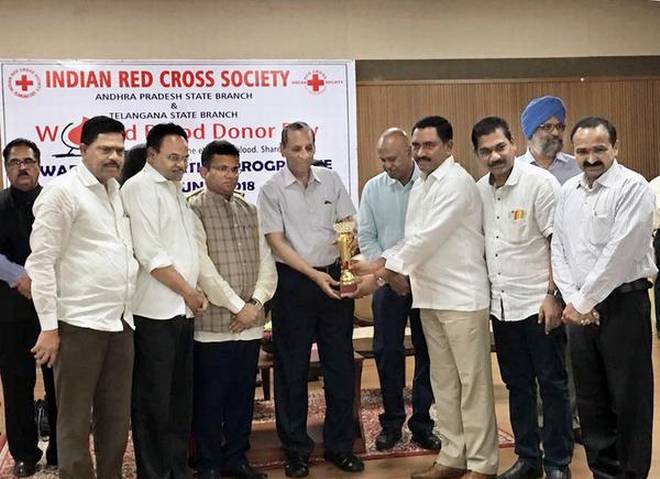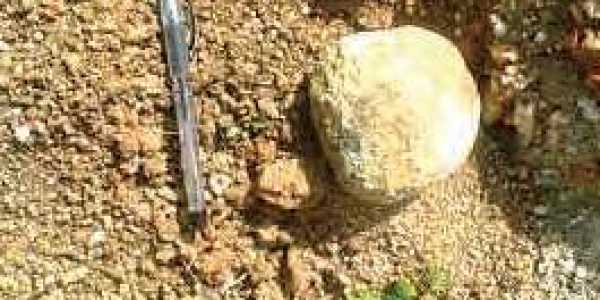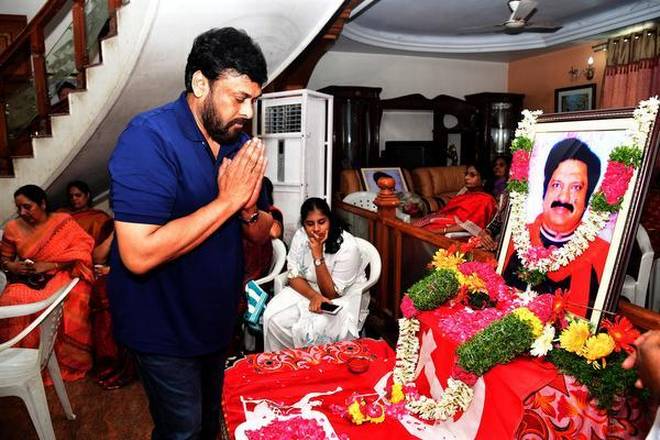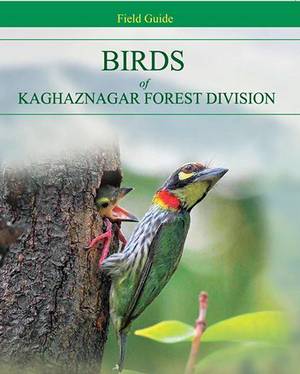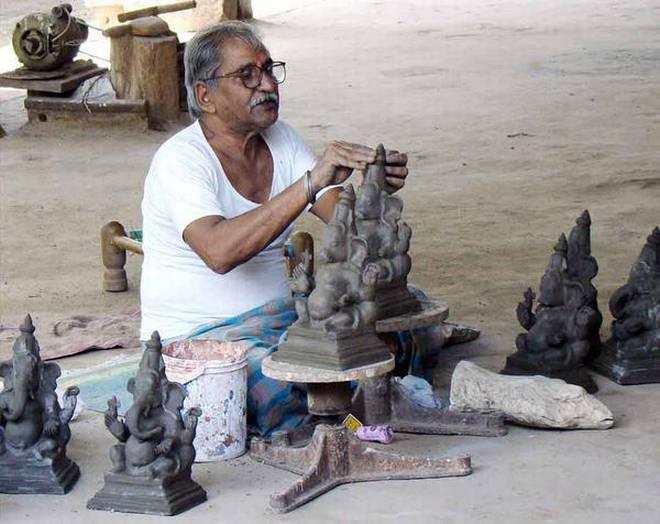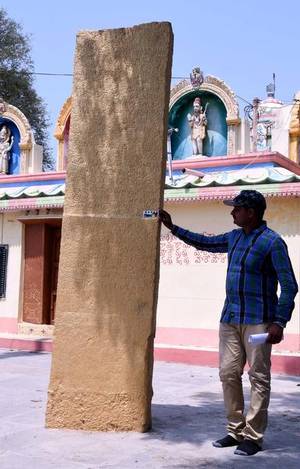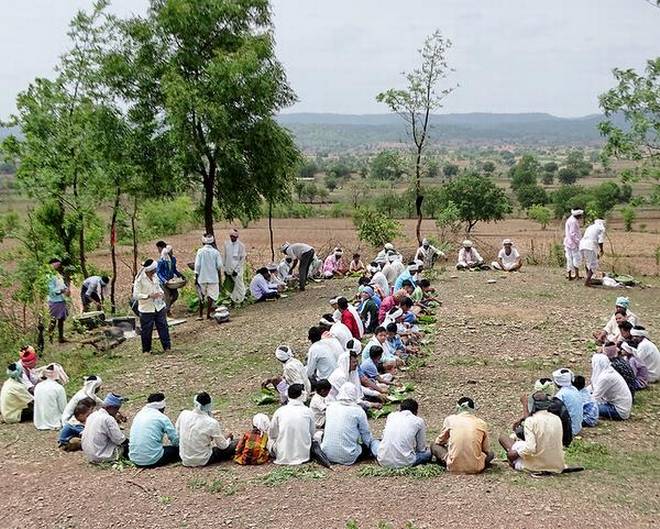
A celebration of their relationship with, and respect for nature
A quick glance at the Raj Gond Adivasis’ religious customs in the erstwhile united Adilabad district will reveal their symbiotic relationship with nature. In the context of Rajul Pen puja, or worship of the forest god, the annual loss to environment in the form of dwindled trees and pastures also gets quantified.
The informal discussions among the ethnic people attending this year’s Rajul Pen puja at Chaupanguda village in Kerameri mandal of Kumram Bheem Asifabad district on June 26 centered on the delay in cattle arriving at the venue of the event. “Loss of pastures forces our animals to venture farther in search of fodder,” pointed out Kathle Yadav Shau, an elder, as he explained the reasons for the delay. This festival takes place in the first half of Akadi month, which usually coincides with the second half of June. The Puja for which every village fixes its own date for celebration also kick-starts the year-long cultural festivals and religious events of the aboriginals. The puja involves community participation and feasting, starting five days after the new moon day or amavasya, falling in June, and continues till full moon day.
Man and nature
Only men of the village assemble at a spot in the nearby forest and worship Rajul Pen. The puja is a simple affair as the Devari or priest of the village offers nivodh or naivedyam — cooked from the foodgrains contributed by every family in the village — to the god which is embodied in the small ochre-smeared stones.
Also worshipped are the centuries-old bison horns used by local shepherds to keep their flock together and the axes they use to cut fodder. A goat or chicken is sacrificed as part of the puja.
The farm animals, as well as goat and sheep, which graze in the forests also form an important part of the worship. The nivodh is sprinkled on the animals assembled near the venue as forest god’s blessings.
“We are allowed to pluck teak and moduga (Butea monosperma) leaves only after the Rajul Pen puja is performed. It is a must for us to use the teak leaves as plates for feasting after the puja but the availability is slowly decreasing owing to loss of the species,” revealed Athram Barik Rao, headman or patel of Chaupanguda. “Plates made of these leaves were in use for centuries,” said Kathle Yadav Shau. “The leaves mature only at this time and hence the restriction of not taking them off trees before the puja,” he added.
Honouring herders
The most important aspect of the festival is the prominence given to the gaiki or cowherds, herre gollal or goatherds, and gollal or shepherds in the village. “These people graze our animals traditionally and are responsible for their safety, hence merit a pride of place in the celebrations,” pointed out Kursenga Dharma Rao, another elder.
“No one eats until the herders are fed on this day,” said Athram Telang Rao, to emphasise the herders’ importance. The herders take charge of their herds soon after the villagers end feasting for another important component of the festival — the Auswal Patt.
The Auswal Patt, or animal crossing has all the grazing animals in the village crossing a sacred line drawn by the village Devari close to the puja venue. “We believe that the animals crossing the sacred line will protect them from diseases,” asserted Athram Kusum Rao.
source: http://www.thehindu.com / The Hindu / Home> News> Cities> Hyderabad / by S. Harpal Singh / Adilabad – June 29th, 2018
